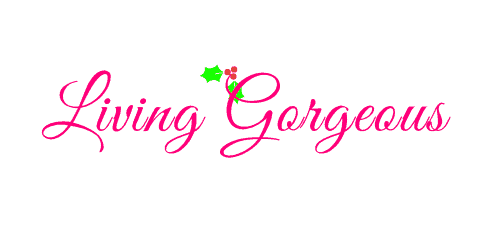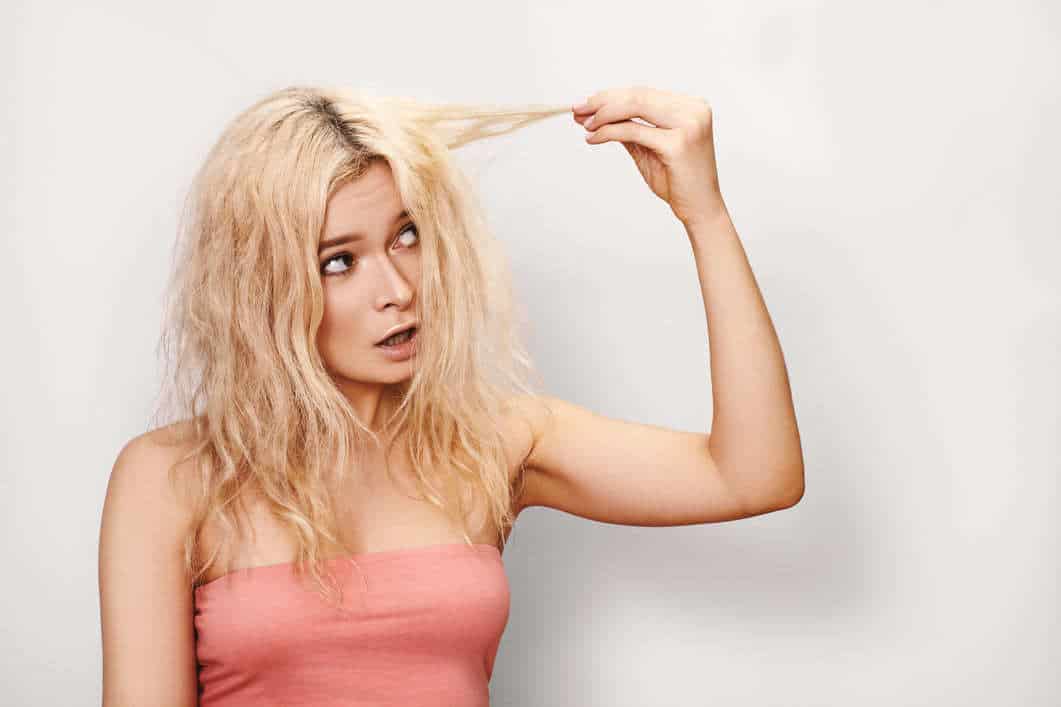Bleaching your hair is a great way to achieve a dramatic change in color—and having it done at home can save you lots of money.
Since it’s a bit challenging to DIY, take your time to learn how bleach works and how long it could last, along with the appropriate handling and storage of the product.
How long does hair bleach stay active? Hair bleach usually lasts for 20 minutes after it has been mixed.
Since different brands use different ingredients on their products, there’s no one-size-fits-all rule on the amount of time a hair bleach stays active.
Some brands can last up to 30 minutes or an hour, so always follow the instructions on the box.
Hair Bleach: How It Works and How Long It Lasts?
Hair bleach consists of bleaching powder and hydrogen peroxide, which alter the state of your hair. The latter is added to activate the lightening process—and most at-home bleaching kit has a developer with 30 or 40 volume peroxide.
Once these chemicals are mixed, the bleach starts to oxidize. It also starts to lose its strength and effectiveness, so you only have 20 minutes to apply it to your hair.
Depending on the ingredients of the bleach, some brands can last longer, for about 30 to 45 minutes, so it’s best to follow instructions on the bleaching kit.
Unfortunately, once the bleach is mixed, it can only be effective for a short amount of time, and leftovers cannot be used. That’s the reason why bleach should be applied immediately after mixing, as the amount of time is crucial for the bleaching process to work.
On the other hand, bleach that has not been mixed can be saved for future use, and when stored properly, it can be effective before its expiry date.
Also Read: How Long to Wait to Dye Hair After Bleaching?
How to Mix and Apply Bleach to Your Hair
Read the instructions on the bleaching kit and prepare the tools needed
Hair bleach products have different concentrations and ingredients that will affect its processing time and effectiveness. You must also know the concentration of peroxide you should use. Most of the time, you’ll need to use plastic tools and gloves, but skip those metal bowls and spatula.
Make sure your hair is dry and clean
You may apply some hydrating oils like coconut oil and olive oil, but skip the dry shampoo and other styling products. This way, you’ll be able to neatly apply the bleach and get even results.
Section your hair first before mixing or applying bleach
Sectioning your hair takes some time, and the bleach can get old while you’re applying it to your hair. As soon as you mixed it, the bleach already starts oxidizing and will start working on your strands the moment you apply it.
Section the hair into smaller segments or quadrants to make sure the bleach will be applied evenly. To make the most of the product, make sure you’ll only mix the bleach once you’re ready for a full application, and when you don’t have to go searching around for things.
Mix the bleach and apply it to your hair
Every kit comes with instructions for measurements, so check the bleach powder and developer ratio prior to mixing. As a rule of thumb, always add the peroxide to the bleach, not the other way around. If you’re using a leftover product, make sure the consistency is thick, not runny.
Also, the mixture must be evenly mixed without lumps. When it comes to the bleaching process, timing is everything. Apply bleach to areas that need lighting, and leave it for 20 minutes. Depending on the manufacturer, some bleach products can be left on hair longer.
Wash your hair as usual and follow with a hair care routine
Wash your hair with a gentle shampoo to balance the pH levels of your scalp. After rinsing your hair, you should opt for moisturizing masks and oils to reverse the damage of bleach. You may also use homemade hair masks using natural ingredients like aloe vera, olive oil, coconut oil, avocado, argan oil, and such.
Store the leftover bleach powder and developer properly
Do you know the air causes these chemicals to oxidize and lose its effectiveness? If you want to keep them for future use, store them in an airtight container away from heat.
Does Hair Bleach Stop Working When it Dries?
Whether you applied the bleach on your hair or not, it stops working after its processing time, even before it gets dry. Some people think their hair will become lighter and lighter until they wash it, but it won’t drastically lighten that way.
However, the bleach can still damage your strands when left too long due to the chemicals of the product. Once the bleach starts to dry, it only means you left the product longer than the recommended time. More than that, it stops processing your hair, and the chemicals start damaging your strands.
Since you wouldn’t get any good results on over-bleaching your hair, always follow the instructions on the beaching kit. Hair bleaching can be tricky since you have to make it work in a short amount of time, otherwise, you’ll get an uneven look and damaged hair.
Also Read: How Much Does It Cost to Bleach Your Hair?
Can You Preserve or Keep Hair Bleach?
If the bleach has already been mixed, the leftover product is useless, and it should be discarded. On the other hand, hair bleach that has not been mixed can be preserved in an airtight container away from sunlight. When stored properly, it can last longer until it reaches its expiration date.
When to Bleach at Home—and When Not To?
Bleaching works best with a virgin, healthy, and strong hair
If you’re dealing with some porosity and falling hair issues, better leave the process to the pros who know the appropriate products and strengtheners to use. Or, skip bleaching until your hair becomes strong and healthy again.
Avoid bleaching if you recently color-treated your hair
If you’ve got any color treatments or straightening in the last six months, it’s better to avoid bleaching. At the salon, colorists know how to deal with any residue of chemicals to achieve your desired color. But you cannot do it on your own.
If your hair is damaged, brittle, and dry, do not bleach your hair
It should be hydrated and prepped at least two weeks prior to bleaching. You can start with a hydrating shampoo and conditioner, along with hair oils, hair serums, and hair masks. This way, you’ll make sure your strands can handle the chemical process with lesser damage.
Related Questions:
Is it better to bleach at the salon?
Yes. Professional colorists have a full arsenal of hair products on hand to complete the bleaching process, and they know better. When you DIY, the risk of hair damage and uneven shade is higher. It’s important to consult a pro first and trust them on the right products you should use for your hair type and texture.
What are the risks of bleaching your hair at home?
Bleach is very strong, and you’ll likely end up using stronger concentrations than you really need. Do you know most women end up frying their hair just by touching up their roots? This is because you cannot pay attention to detail when doing it on your own. And it’s hard not to overlap the application on already bleached strands.

